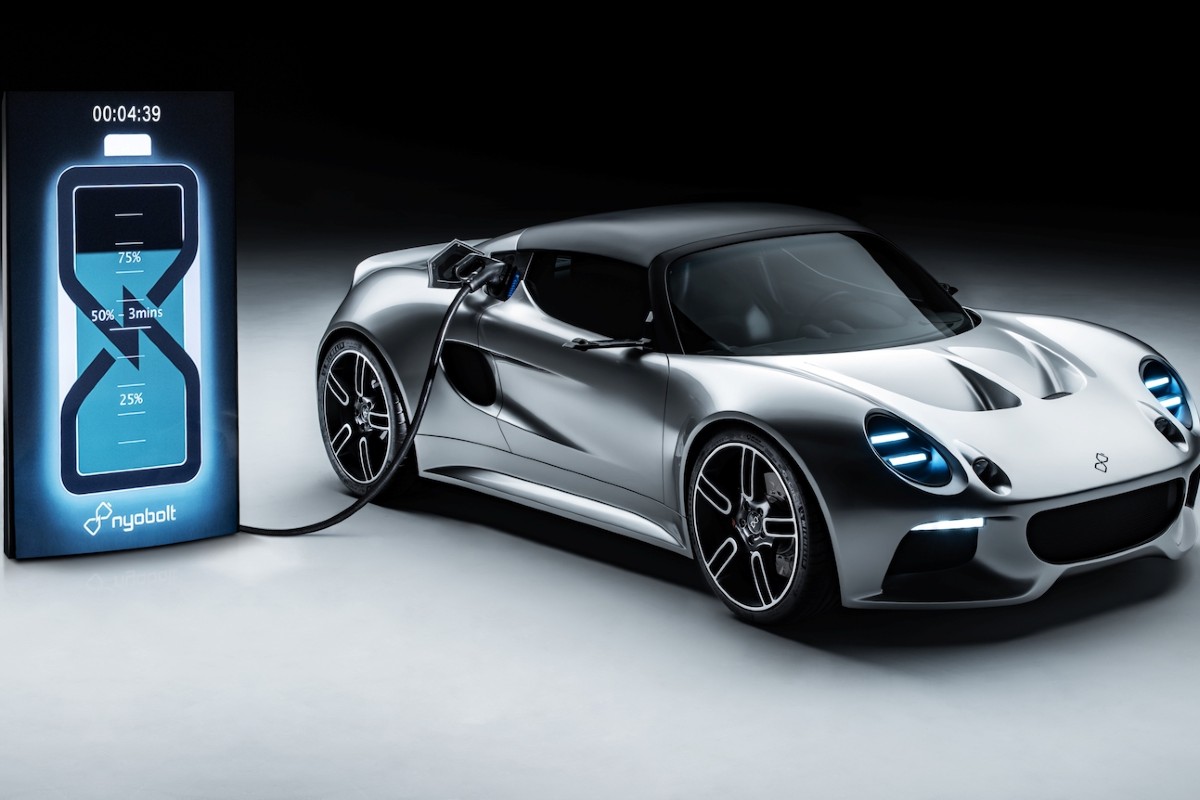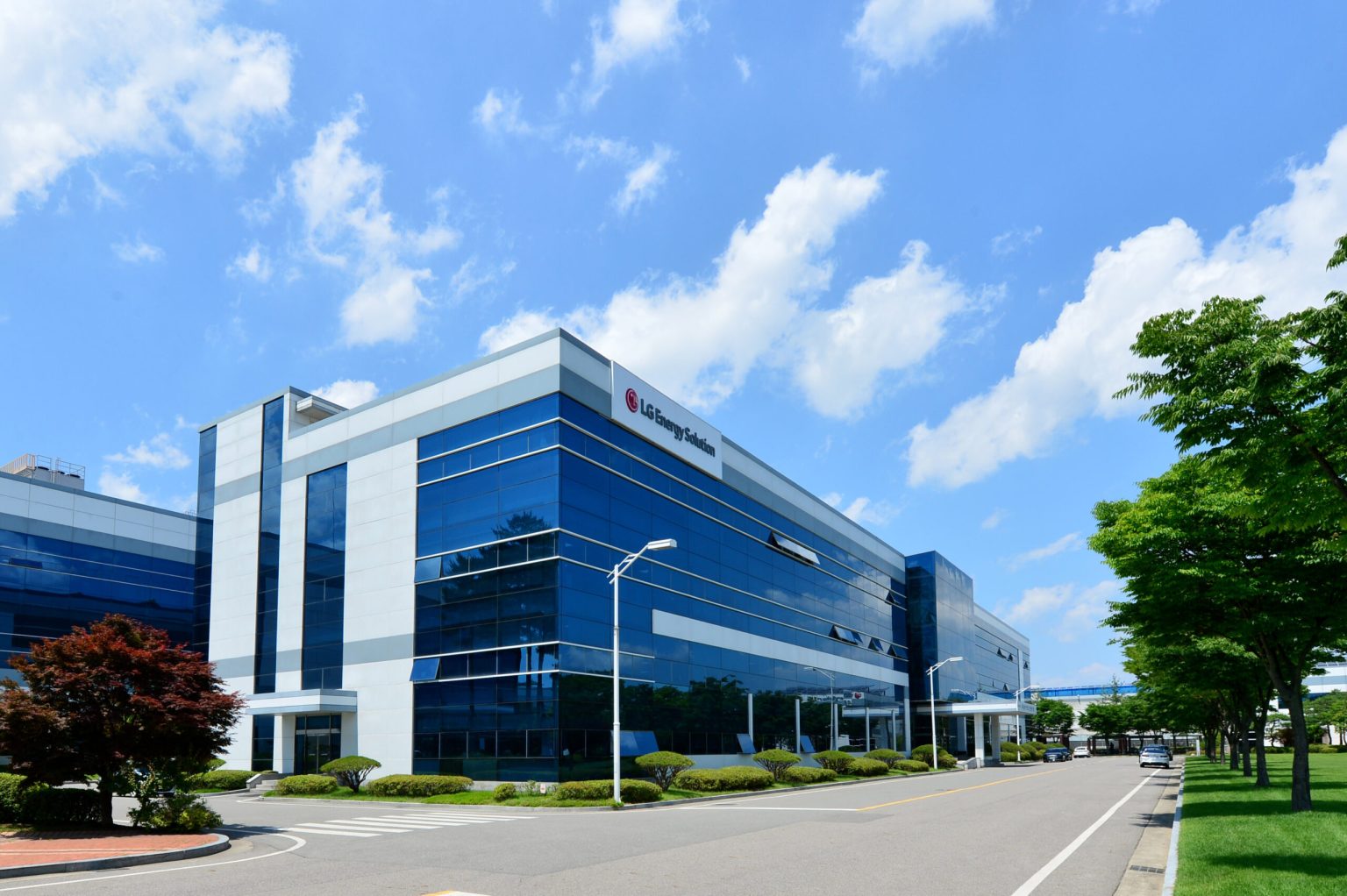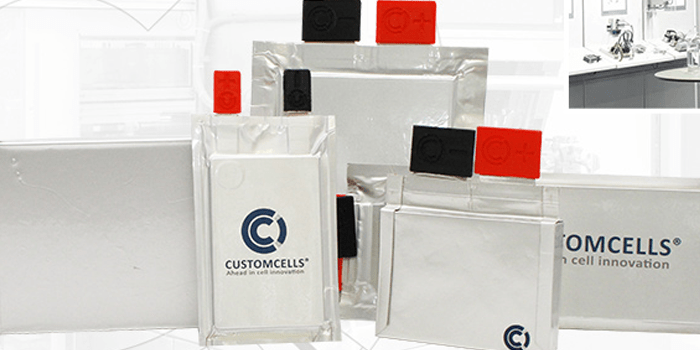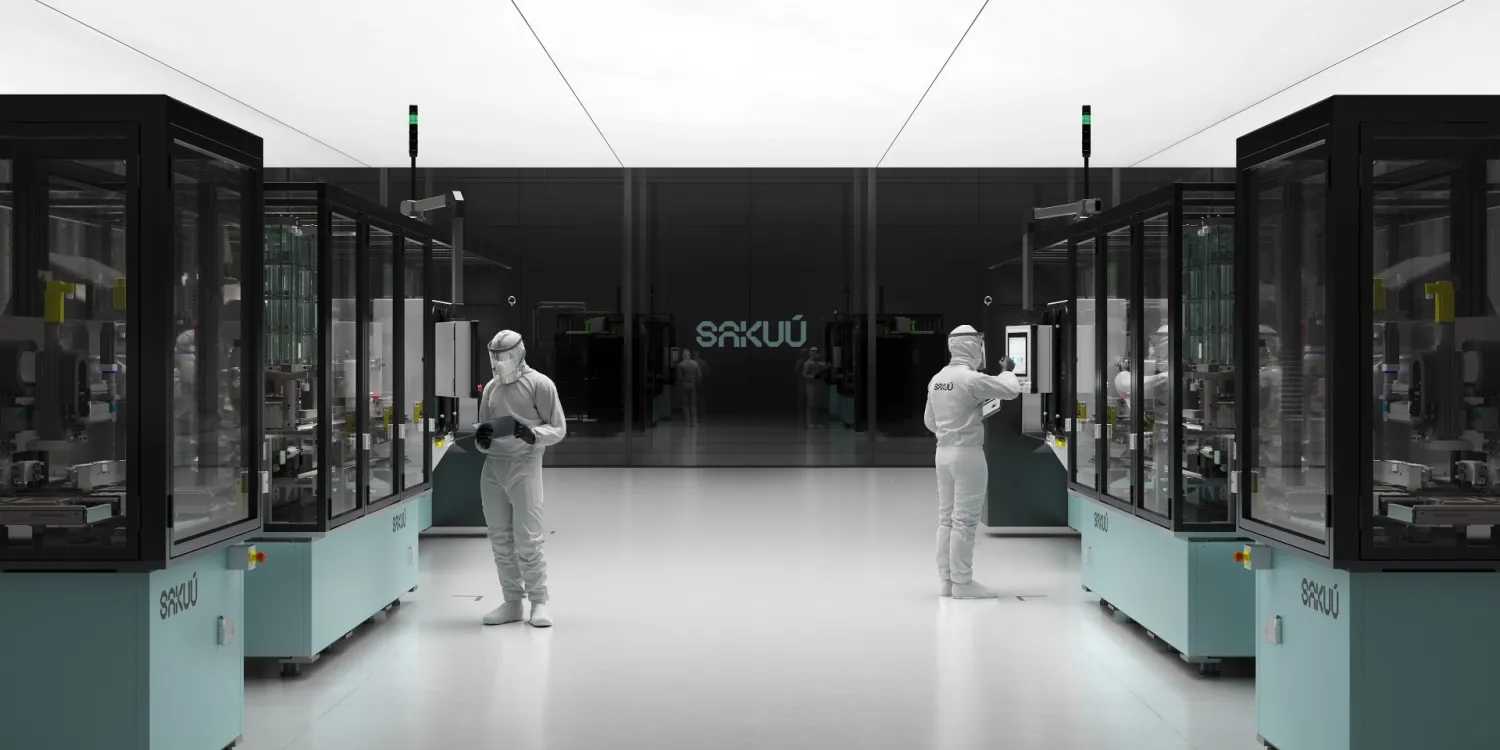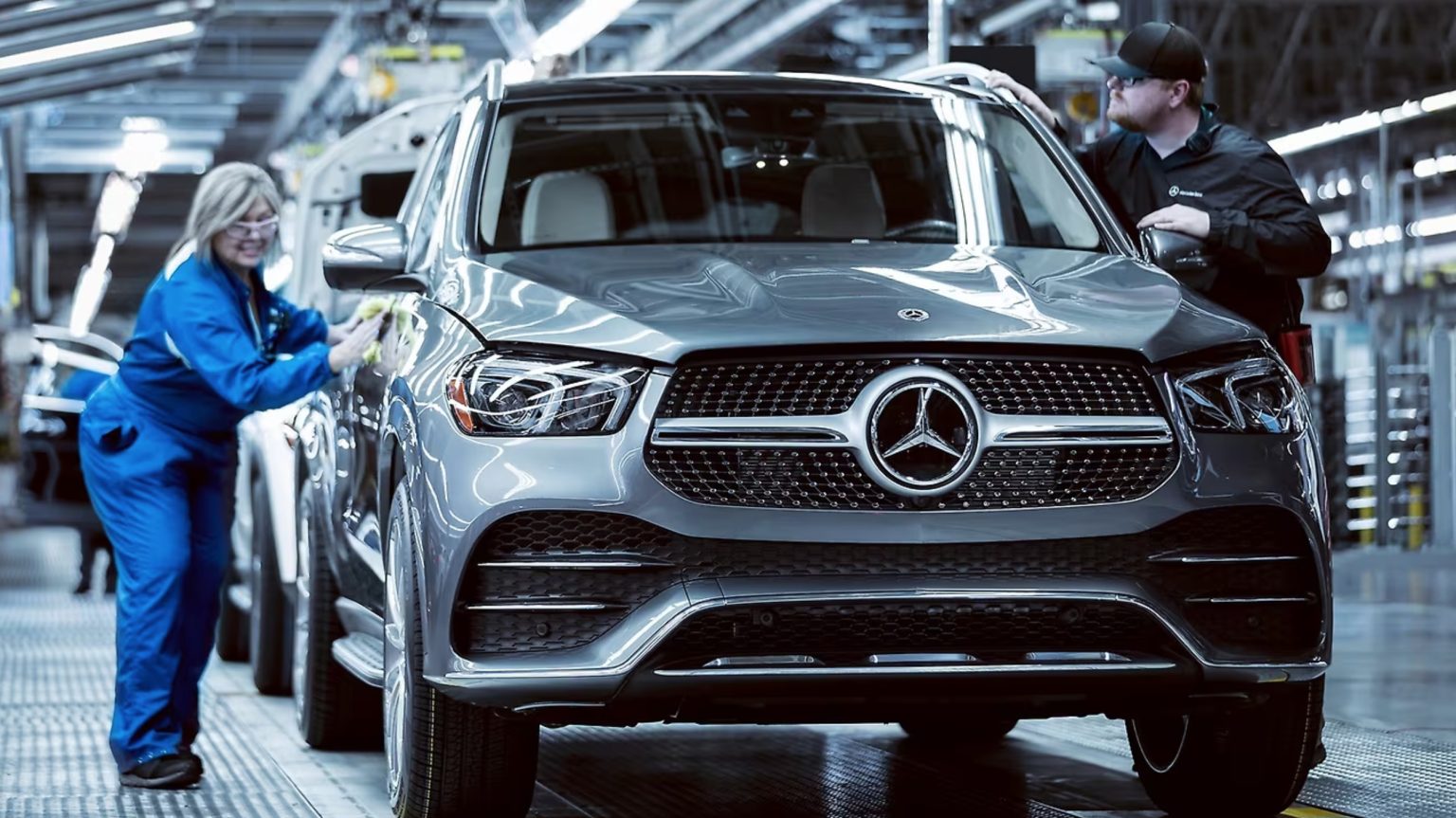Samsung SDI has clinched a significant deal worth 1 trillion won ($726 million) to supply batteries for energy storage systems (ESS) to NextEra Energy Inc., a major US clean energy company.
Under the deal, Samsung SDI will provide 6.3 gigawatt hours (GWh) of ESS batteries, marking approximately 11.5% of the total ESG capacity in North America last year. This agreement is poised to bolster Samsung SDI’s position in the ESS market, which has seen a surge in demand amidst global efforts to expand solar power installations.
The news has already buoyed Samsung SDI’s stock prices, rising by as much as 4.1% to 390,000 won, the highest since June 21, as investors respond positively to the company’s largest ESS deal to date.
Samsung SDI plans to supply its latest Samsung Battery Box (SBB) 1.5 model, equipped with high-nickel NCA (nickel-cobalt-aluminum) cells. This model boasts an increased energy density of 37% over its predecessor, capable of storing 5.26 megawatt hours (MWh) per unit.
The ESS sector is expected to experience robust growth as countries worldwide ramp up solar energy installations, driving the need for reliable energy storage solutions to manage fluctuating electricity generation.
Samsung SDI, which once held a dominant 50% market share in the ESS battery sector, aims to regain ground lost to Chinese competitors who have capitalized on cheaper and safer lithium iron phosphate (LFP) batteries. Despite challenges, Samsung SDI remains optimistic about expanding its presence, particularly in the US market.
“The global ESS market is shifting, driven by increased demand and evolving trade dynamics,” noted an industry source in Seoul. “Samsung SDI’s focus on innovation and market expansion aligns with the growing needs of renewable energy infrastructure.”
The US ESS market, forecasted to grow to $18.7 billion by 2030, presents a significant opportunity for Samsung SDI and other battery makers looking to diversify amid fluctuations in the EV sector.
Samsung SDI plans to integrate ESS battery production lines into its upcoming US facilities, alongside its strategy to commence LFP battery production by 2026. This move positions the company to compete directly with Chinese rivals in the low-cost segment of the market.


